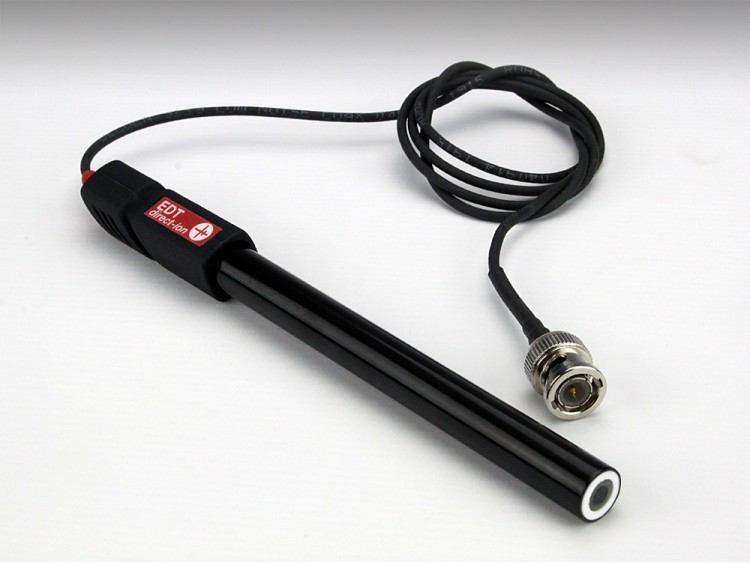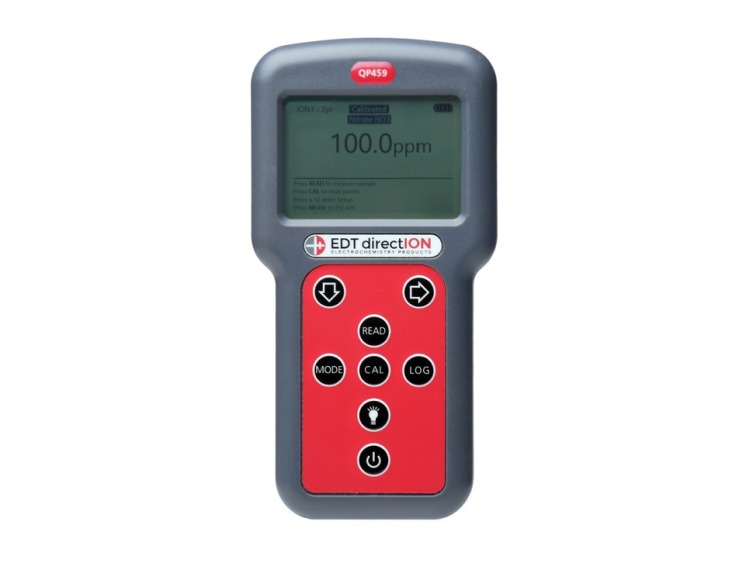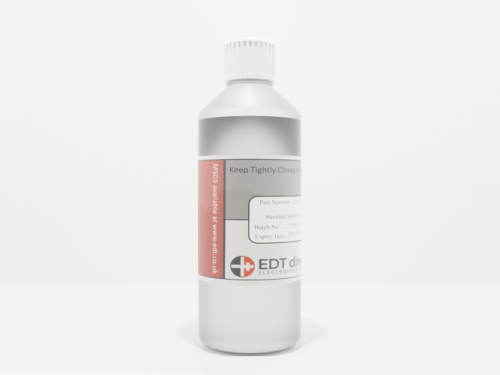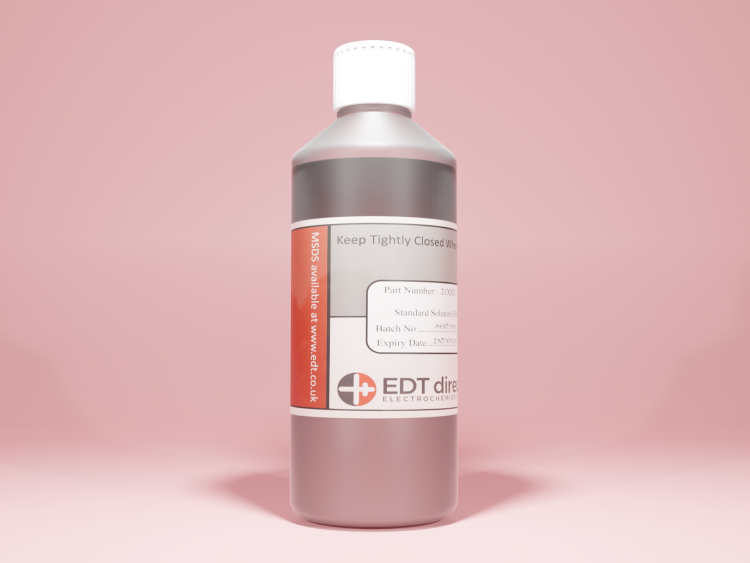The Determination Of Calcium in Beer
The concentration of Calcium in Beer is determined directly by using the technique of standard addition.
Equipment Required
1. Model QP459 Ion Meter
2. 3041 Calcium Combination ISE
3. 21310 Calcium 1000ppm Standard Solution
4. Glassware: Beakers 250ml; Volumetric Flask 100ml; 10ml pipette.
5 Sodium hydroxide solution 1.0m NaOH
6. Deionised water
Sample Preparation:
Take 100 ml of beer sample and pass through filter paper to equilibrate CO2 content with air.
Adjust the pH of the sample to 5.5 – 6.0 pH with 1.0m NaOH if necessary. Prepare the Sodium hydroxide solution by dissolving 40g of NaOH into distilled water in a volumetric flask and dilute to 1000 mls.
Method
Place the 3041 Calcium Combination ISE into 100 ml of prepared beer sample, stirring thoroughly.
Record the electrode potential E1. Add 1.0 ml of 21310 Calcium 1000ppm Standard Solution to
the sample solution, stirring thoroughly and allow the reading to stabilise. Record the new electrode
potential, E2..
Calculation:
Use the following equation for standard addition.
Cu = Cs x [Vs/(Vu + Vs)] / [(10{(E2-E1)/ˢ}) – (Vu/(Vu + Vs))]
Where: Cu = Concentration of the sample.
Cs = Concentration of the standard.
Vs = volume of the standard.
Vu = volume of the sample
E1 = Electrode potential (mV) of the Sample.
E2 = Electrode potential after the Standard addition.
ˢ = the electrode slope.
The perfect slope of the electrode should be +29mV. This can be checked by running a calibration curve of 3 known CaCl2 solution concentration. +27mV is more likely.




